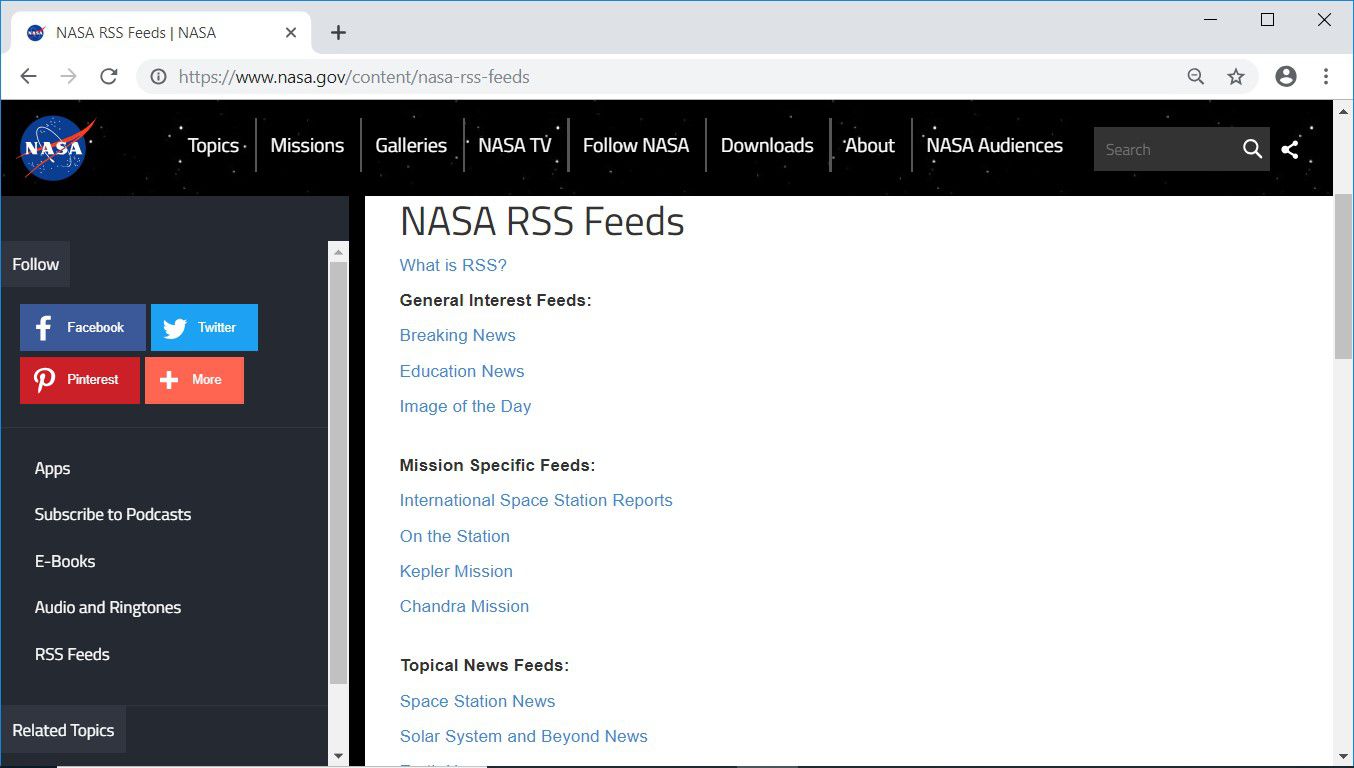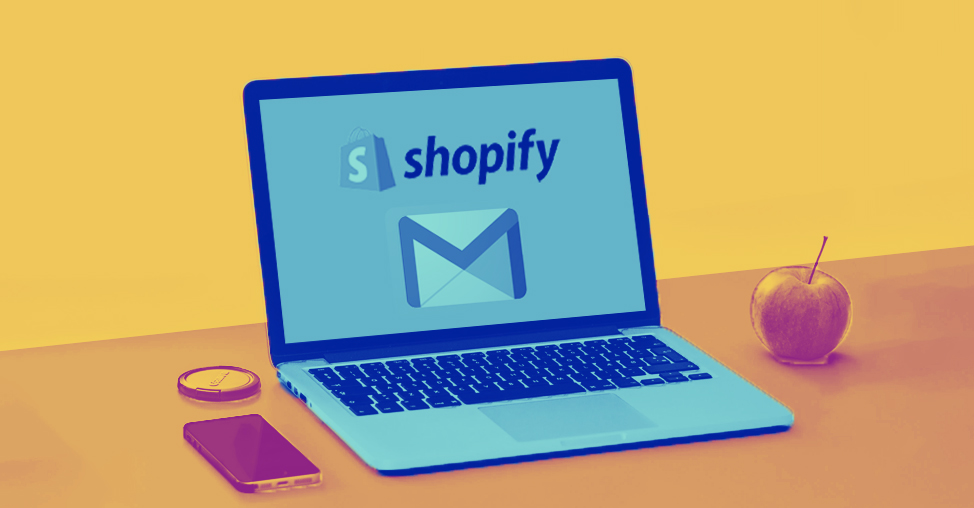
Automated email marketing is a powerful tool that helps you send targeted messages to customers and improve conversion rates. It also helps you save time and reduce manual email sending and scheduling efforts. Here are some of the most common automated emails that you can create for your ecommerce business:
Triggered Emails
A triggered email is a campaign that automatically starts when a user interacts with a specific trigger condition. This can be anything from a simple web form submission to a customer's interaction with your website or app.
These are the type of campaigns that you should start with to get a good feel for how automated email marketing works. They are a great way to introduce your business and start nurturing your subscribers.
Promotions and Newsletters
These types of emails help you stay in touch with your customers and promote products that they might be interested in. The more they engage with your automated emails, the more likely it is that they will make repeat purchases and become loyal to your brand.

This is one of the most popular ways to increase sales through ecommerce. It can also be a great way to keep your customers informed about new and exciting products as they launch.
Personalization is a must for email automation. This means that each message you send should be tailored to the recipient's interests. This can include using their name, mentioning their recent purchase or highlighting a product they've shown interest in before.
The key is to use a system that allows you to easily change the content and timing of these emails as your audience grows and their needs change. This can be especially helpful when you are introducing new products or changing your pricing structure.
Drip Campaigns
Automated email marketing also gives you the opportunity to create a series of messages that are triggered over time. These are called drip campaigns and they have been shown to be very effective in increasing conversion.
They work by sending users a series of emails that gradually move them through the funnel. The first message is sent when they're on the path to becoming a customer, with subsequent messages coming after they've completed their journey.

This can be done with a combination of metric, segment, and behavioral triggered emails. These can be based on data about how much someone spends in your store, or a price drop they've experienced on a specific item they've purchased.
These emails also encourage your audience to share their feedback with you and help you build relationships with them. This can be through reviews, testimonials, or even social media posts.
Retention Marketing
Automated email campaigns are a vital part of a retention marketing campaign. They help you stay in touch with your audience by sending them emails at key points in their buying cycle, such as after they've signed up for your newsletter, made a purchase, or moved to a new level of service.
FAQ
What's an example of marketing automation, you ask?
Marketing automation is the technology that allows businesses and organizations to automate manual tasks such as responding to customers' emails, collecting information from your website, managing multiple digital campaigns, and even sending out replies to their customer emails. It can automatically send emails based on customer behavior, segment customers into different groups, and even create new contacts when someone signs up for a newsletter. Marketing automation allows you to spend less time on repetitive tasks and more time on the important things that matter - reaching customers. Not only does it make it easier to manage multiple campaigns at once but also helps increase efficiency by automating repetitive tasks.
An automated email campaign is one example of marketing automation. This campaign involves sending several emails to prospects over a time period. Emails can be tailored to each individual and include information such as case studies, product information and discounts. Automated email marketing allows you to monitor customer behavior and customize your messages accordingly. You can reach more customers quickly with automated email campaigns.
Social media automation is another example of marketing automation. To reach a larger audience, this involves scheduling posts and content across multiple networks. Hootsuite/Buffer automation tools allow you to manage all your accounts and schedule posts ahead. You can also track the performance of your campaigns using tracking software. Social media automation saves time and allows you to post content at optimal times for maximum engagement. You can also reach more people with fewer clicks.
Marketing automation can also be used for personalized customer experiences. Automation tools like HubSpot and Pardot allow businesses to segment customers into different groups based on their behavior and preferences. This allows you customize messages and content for each group to create a more customized experience for each customer. Automating customer engagement and activity allows you to better understand your customers' needs and preferences.
Marketing automation is a powerful tool which can save businesses time and increase efficiency. It can automate manual tasks, nurture leads and manage social media accounts to create customized customer experiences.
Businesses can leverage marketing automation to gain an edge on the market. Automation improves efficiency, reduces costs, and streamlines processes. Automation allows businesses to reach more customers quickly by automating repetitive tasks, cross-posting content across multiple platforms, and helping them reach more customers. Additionally, it allows businesses to create personalized customer experiences by segmenting customers into different groups and tailoring messages accordingly. Marketing automation is a powerful tool that businesses can use to save time and increase their efficiency.
WordPress has marketing automation
WordPress marketing automation is an automated process that lets marketers create and manage their WordPress website content or campaigns. It's designed to help developers, marketers, or even non-tech users to simultaneously create and execute complex tasks in a timely manner.
It works by setting triggers and creating workflows. They are triggered when someone does something such as visit a page or open an email. This automation system is also useful for updating pages, sending out emails, scheduling social media posts, and so on.
WordPress marketing automation lets you send customized messages to users based on their interests and behaviors. This makes it possible to streamline marketing efforts across all channels.
Similar to the above, detailed analytics reports can be used to track the success and failure of your campaigns. They show where the lead originated so that you can concentrate more effort on the best growth paths.
This allows marketers to focus on improving customer experience, rather than worrying about the mundane tasks of updating websites or managing email flow.
The improved integration between sales- and marketing teams working on the same projects in real-time allows for increased conversions. Customers no longer have to wait to get a response.
WordPress marketing automation provides small businesses with the power to identify leads more quickly, significantly lowering the cost per acquisition, and providing valuable insights into how campaigns are performing in real-time.
Last but not the least, this platform is free from human error and minimizes profit loss because it works according to preconfigured rules that you have set up within its back-end systems settings.
What can you do with SQL to automate?
SQL can automate business processes at any size, no matter how small or complex, and it does so regardless of its complexity. It relieves you from manual steps, such as manually entering data or searching in tables.
SQL allows you to quickly go through thousands, if not hundreds of records in a table. Data can also be quickly transformed into clear, graphical visualizations.
SQL allows you to unlock crucial insights about customers, products, and activities by running powerful queries over structured datasets. These insights allow you to improve accuracy and reduce time spent on mundane tasks.
Automated reports can be easily scheduled and configured to refresh automatically, so that no one is left out of any detail. You can save valuable time, which would otherwise have to be spent in the office. So whether it's efficiently tracking processes across departments or simplifying how teams communicate critical findings, SQL does it all.
SQL is great for automating complex calculations or data manipulation tasks. You can use SQL to create automated processes that automatically generate reports, send out notifications, or even trigger other processes based on certain conditions. This simplifies workflows while ensuring that everyone is always up-to-date.
SQL can also help automate marketing activities like website analytics and email campaigns. SQL can be used to automate campaigns targeting specific customer segments and tracking the performance of your website's pages in real-time.
What is SEO automation?
Automation in SEO refers to the use of technology for automating marketing tasks and processes. Automation can help save time, reduce costs, and make campaigns more efficient. Automation can help streamline SEO activities such as content creation, keyword research, link building, SEO recommendations, reporting, and much more. Automated SEO tools provide data-driven analysis which identifies high-value potential opportunities that might otherwise be difficult to spot using traditional search engine optimizing methods.
Nowadays, almost everything related to SEO can be automated. This includes everything from optimizing your content to improve search engine rankings to monitoring competitor's websites and gaining insights into their performance.
Automating tasks in the background allows teams to focus on strategic initiatives, rather than being tangled up in repetitive manual tasks. Automation can deliver rapid improvements across a variety of metrics, maximizing ROI and saving valuable resources.
Better yet, it allows you to consistently keep up with all the changes taking place across different search engines, making sure your website remains competitive in an ever-evolving digital landscape.
Automation can also help you create and distribute content more efficiently. Automated search engine optimization tools can quickly produce keyword-rich content to meet the needs of your target audience. Automation can be used to publish content across multiple channels including blogs and social media. This ensures that your content is more visible in search engine result pages (SERPs).
How do I automate my posts?
Tired of manually posting on multiple channels and not getting any results? Automation is the key for saving time and energy. Automated posting lets you share your content on a variety social networks with a single click, so you can stay connected even if you don't need to.
Automating posts makes it possible to schedule posts in advance and ensure they arrive on time. You can control which networks your post will go out on and even automate it if necessary.
Automation also allows you to reach a wider audience in fewer clicks through automatically cross-posting content across multiple platforms. It's simple! Simply connect all of your social accounts such as Instagram, Twitter Facebook, LinkedIn and Facebook and begin scheduling posts. Finally, you can take back control and focus on what you do best: creating great content.
Statistics
- You can use our Constant Contact coupon code to get 20% off your monthly plan. (wpbeginner.com)
- Even if your database is currently filled with quality leads, how effective will your marketing automation be when you've either converted all those leads into customers or when your database begins decaying by ~22.5%/year? (hubspot.com)
- Marketing automation is one of the fastest-growing technologies out there, according to Forrester's Marketing Automation Technology Forecast, 2017 to 2023. (marketo.com)
- Companies that implement this kind of lead scoring enjoy 28% better sales productivity and 33% higher revenue growth than companies without lead scoring (MarTech Alliance). (marketo.com)
- Not only does this weed out guests who might not be 100% committed but it also gives you all the info you might need at a later date." (buzzsprout.com)
External Links
How To
How do I optimize my content's distribution using automation?
Stop wasting time manually distributing your content and start using automation. Automation helps speed up the process, ensuring that your content is visible in all the right places and at the right times.
Automated content distribution makes it easy to create a schedule that will dictate when your story is distributed. You'll know it will be seen. You can also focus your attention on strategy instead of worrying about the details.
Automation also helps you stay top of mind with social media followers - keeping up with conversations big and small quickly and easily. By scheduling posts ahead or repurposing content (blogs or webinars), you can increase engagement and gain followers.
Stay agile in a rapidly changing market with comprehensive automation processes for targeted audiences in seconds. All the necessary infrastructure is in place and ready to go with next generation efficiency.
Automation can also be used for scheduling content. This data can help you understand the performance of your content and make adjustments as needed. Automation tools are designed to provide detailed insights into how your content is performing, such as which channels are driving the most traffic or what type of content resonates with your audience. This data will help you tailor your content to suit your audience's needs and optimize your content distribution so that it has maximum impact.